heavy radio use
It’s that time of year when radios are going to be put into heavy use
Many businesses are now in their busiest season, while others are just gearing up, 2-way radios are getting heavy use. Now is a good time to assess what you have, checking over your radios, batteries, chargers, etc.
Do you have radios that are in need of battery replacement 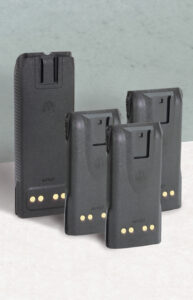 or maintenance? A quick check of the battery and charging system can save many headaches done the road. You probably don’t need reminded, but something as simple as cleaning your battery contacts with a pencil eraser can improve your chargers’ efficiency.
or maintenance? A quick check of the battery and charging system can save many headaches done the road. You probably don’t need reminded, but something as simple as cleaning your battery contacts with a pencil eraser can improve your chargers’ efficiency.
TIPS:
Swapping a known-good battery into a troubled radio can let you know if you have a battery or charging problem. Another piece of advice is to check your battery date codes. The life expectancy of a NiCd battery is 18-24 months, NiMH and Li-Ion are around 14-18 months. If you have good charging habits and treat your battery well, you may get up to 3 years. At the end of the battery’s life you will start to experience problems with the radio such as static, short business day, no or intermittent transmit. If you use an old battery long enough, it will eventually begin to harm the radio, resulting in a need for repair. Simply replacing an old battery would be about half the cost of a radio repair. Our advice… don’t ignore battery date codes.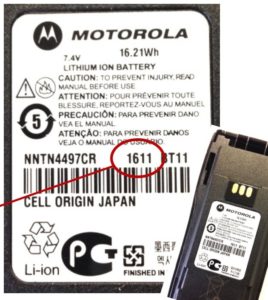
Chargers take their share of punishment. It is wise to assess your chargers when you are check your batteries. Look in the charger cup, do you see dirt and debris? If so, clean it out with a soft cloth, followed by gently cleaning the charge contacts with a pencil eraser. Check your wall transformer, they are known to burnout much a like a light bulb. When replacing charger transformers keep in mind they are not mix-n-match, you must use the appropriate transformer for the charging tray. Replacement chargers and individual components are usually available for most radio models.
Ever think your radios’ range is getting poorer? Check your antenna. If you can see copper coils when you bend the antenna, or if the top cap is missing, you need to replace the antenna. Use the correct antenna for the radio. The original antenna which came with the radio was designed to work with the radio. Swapping antennas can cause range problems, or result in the need for repair. Some model radios have stubby antennas available, keep in mind these can reduce your range by up to 2/3s. If most of your work is nearby, they may be a good option. However, if you do a lot of work at the edge of your full range, stay away from stubby antennas.
In the event, none of these tips seem to alleviate your radio issues, your radio may be in need of the radio repair center. We have a radio repair form that is easy to fill out. Just put it the box with the radio and we will get the unit repaired and back home to you. We offer a 5-7 day turnaround on most models.
If you have questions give us a call here at Delmmar Communications, 800-872-2627. We are always happy to help.
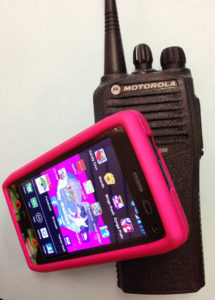
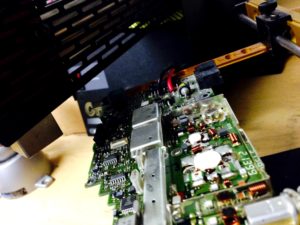 6) Business radios are usually
6) Business radios are usually 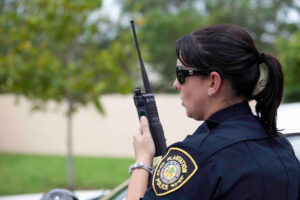
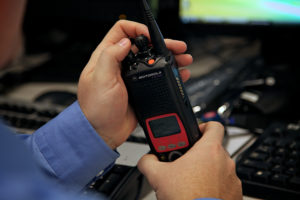


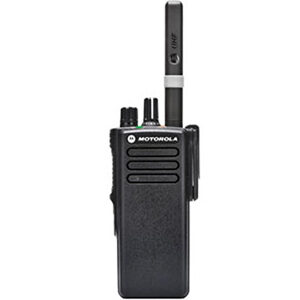
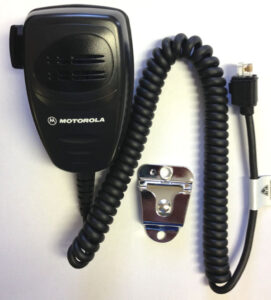
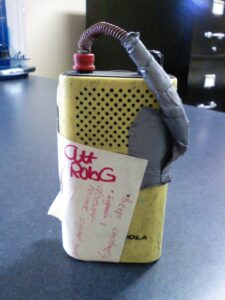
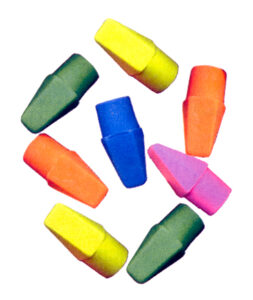 You want to help keep your 2-way radio working problem free and possibly out of the
You want to help keep your 2-way radio working problem free and possibly out of the